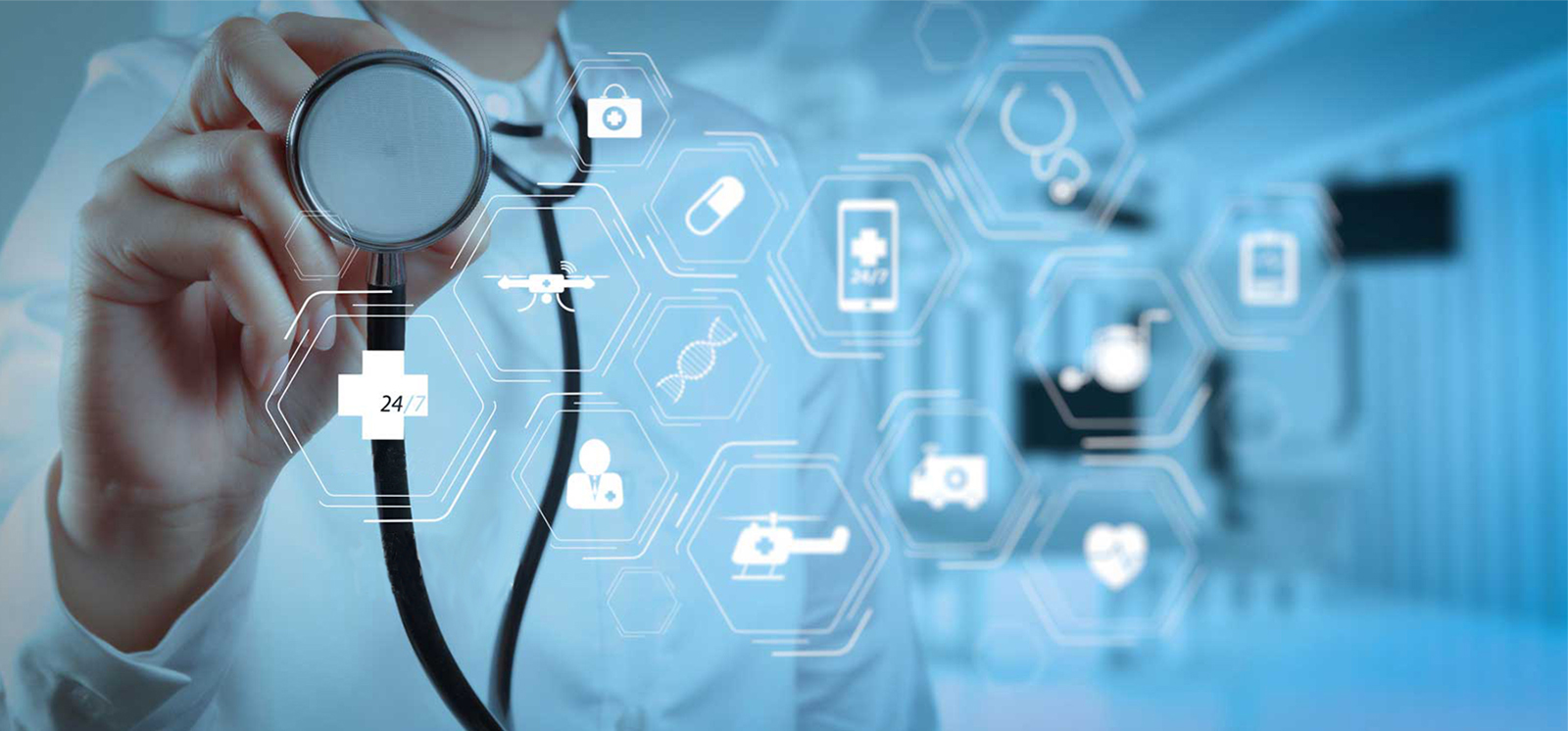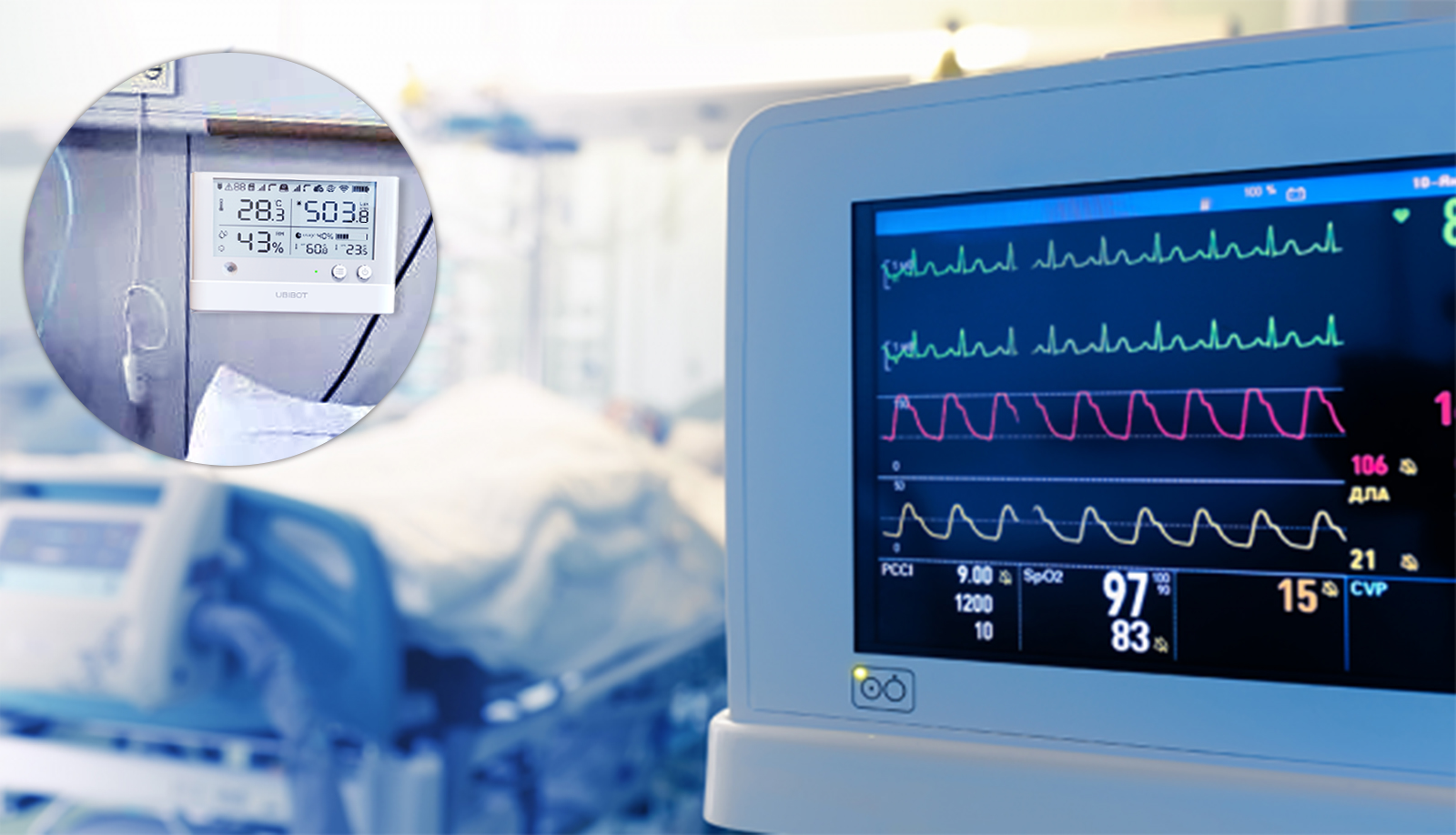-
Account Management
-
Common Questions
-
On-Premises Platform
-
WS1
-
WS1 Pro
-
GS1
-
External Probes
-
App Operation
-
Web Console
-
Downloads
UbiBot ® WS1 User Guide
UbiBot ® WS1 Pro User Guide
UbiBot ® GS1 User Guide
UbiBot ® GS2 User Guide
UbiBot ® MS1 User Guide
UbiBot ® SP1 User Guide
UbiBot ® LD1 User Guide
UbiBot ® AQS1 User Guide
UbiBot ® NR1 User Guide
Accessory Specifications
UbiBot ® Logo Files
Console Operation
APP User Guide
PC Tools
-
Instruction Video
-
-
-
News
-
Changelog
-
Platform API
-
Read First
-
Channel Management
-
Channel Feeds Management
-
Channel Commands
-
API-Key Management
-
Device API
-
Certification and Compliance
UbiBot Products Support Intelligent Hospital and Clinic Operation
July 31, 2024
Temperature as well as relative humidity can affect the airborne survival of viruses, bacteria and even fungi. As such, environmental control in hospitals is important because disease transmission from the aerosol or airborne infection is possible. Environmental exposure is a common hazard for organisms and throughout this can pass on from one host to another. Factors such as temperature, humidity, sunlight and exposure can have an effect on them and can allow inactive free-floating, airborne infectious organisms to exist.
As such, maintaining hospital premises at a certain temperature as well as a certain relative humidity will reduce the airborne survival and therefore the transmission of any potential virus. Temperature as well as RH settings in different parts of the hospital can differ between summer and winter.
In summer specifically, you will find that the recommended room temperature can range from 23°C-27°C in the ER, throughout all areas of the hospital, especially X-ray and treatment rooms. The recommended RH is consistent, and this is between 50% to 60%rh.
In the winter, the recommended temperature range between 24°C -26°C, with the RH settings remaining the same.

Why You Need to Measure Humidity
Temperature is the most important factor when it comes to the survival of a certain virus, as it has the ability to affect the state of the viral proteins as well as the virus genome. Virus survival decreases progressively at below 30°C temperatures. The survival of viruses and other infectious agents is highly dependent on the RH levels as well. Now, keep in mind that different airborne infectious agents such as viruses, bacteria and fungi will have different conditions under which they can be suppressed. The main question will be which one poses the most risk to both patients and staff members in hospitals.
Hospital environments require secure as well as 24/7 monitoring in order to maintain drugs, vaccines, blood, tissues, and crucial medical devices and equipment within specified temperatures and humidity.
Relative Humidity Explained
Within hospitals and other sensitive healthcare environments, one of the biggest threats to patient health is the spread of pathogens. Exposure to viruses, bacteria and pollen as well as fungi pose a hazard to patients and care providers which can compromise critical aspects, such as operating rooms.
There are many factors that can contribute to building a sickness; however one of the most important parameters to measure and control this is relative humidity or %rh. This is the percentage of the partial pressure of water vapor when compared to the equilibrium vapor pressure of water at a specific temperature.
It is essentially a way of describing how much water vapor is in the air when compared to how much there could be at a given temperature. More water vapor is present in the air at higher temperature than on cooler temperatures.
It is understood that the monitoring of these factors is extremely important, and gaining valid measurements plays an essential role in all of this.
This is where the UbiBot line of devices can truly help.
UbiBot Line of Devices
UbiBot has a line of devices that is up to the task of solving this dilemma in any hospital or clinic operation.
Three main devices truly make this an interesting option.
This WiFi enabled device continually monitors temperature, humidity and more. The WS1 gives you insights into conditions in your home, office, factory or hospital.
This is an advanced version of the WS1, with the fact that it has a large LCD screen, as well as, aside from WiFi, the ability to connect through a mobile network.
Thinks of this device as the UbiBot WS1 Pro, however, this one is specifically designed to handle harsh industrial environments, is waterproof as well as dustproof, and ensures stable running as well as reliable measurements.

The UbiBot IoT Platform
The UbiBot IoT platform is a solution represented within the UbiBot app as-well as ecosystem.
You have the ability to gain access to all of the information of any of the UbiBot devices through the usage of the app. It is available as both a web app that can be viewed from just about any device, from laptops, to PCs and even tablets and a downloadable app that is available for iOS and Android devices.
What this means for you as a user is that, the devices can measure the temperature as well as the humidity within a given room and as such, all of this data will be wirelessly transmitted to the cloud. While on the cloud, it is just sitting on a server, in a database, which you can access through the app.
What this means is that, you can essentially access information gathered by the devices from anywhere, at any time, from just about any device.
Now, let us assume that at one point, and this does indeed happen even if it happens 0.1% of the time, the Wi-Fi or internet connection drops. In this case, the devices have on-board data that stores all of the gathered information while they are offline. At the point in time where they do get back online, they instantly stream this data to the cloud again and inform you of any changes.
Speaking of staying informed, you will essentially be able to view your data however, you choose, and if a sudden change occurs, you can be informed in multiple ways. For one, you can be informed through the usage of push notifications assuming your device is connected to the internet, and if it is not, you can also receive the notification through an SMS or a Phone Call as-well, although this has fees associated with it. The last resort is also through an email notification, which is also an option available to you and an option you can enable. That being said, you will always be able to stay in the loop about the level of humidity as well as the temperature within the hospital, and all staff or employees can also have access to this info by sharing it with them through the application.
Related Articles
- UbiBot Smart Watch HW1: The Ultimate Companion for Health Monitoring and Precision Tracking
- Enhancing Operational Efficiency with the UbiBot NR1: A Versatile IoT Network Relay
- Protect Your Property with the UbiBot LD1 Smart Leak Detector: Advanced Water Damage Prevention for Homes and Businesses
- UbiBot Air Quality Monitor AQS1: A Comprehensive Solution to Monitor and Improve Indoor Air Quality
- The ultimate solution for temperature and humidity monitoring and data analysis
Hot Tags
-
Batteries
change wifi
CO2 monitor
commands
digital humidity sensor
elder years with optimal temprature
environmental conditions in warehouse
food industry
humidity index
hygrometer
indoor light strength
mqtt
RS485 interface
soil moisture
Super SIM
temperature and humidity sensor
temperature sensor
waterproof cover
wireless sensor
WS1


